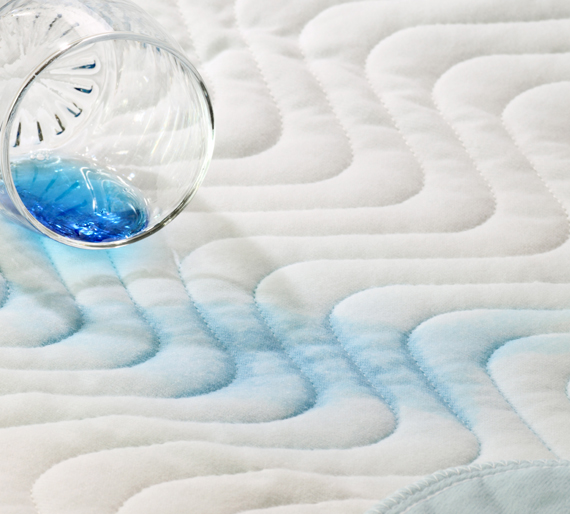What is overactive bladder syndrome (OBS)?
Overactive bladder syndrome is a problem with bladder-storage function that causes a sudden urge to urinate. The urge may be difficult to stop, and overactive bladder may lead to the involuntary loss of urine (incontinence). If you have an overactive bladder, you may feel embarrassed, isolate yourself, or limit your work and social life.
In Australia, 12-17% of the population suffer from OBS and the prevalence increases with age.
The good news is that a brief evaluation can determine whether there’s a specific cause for your OBS and then treatment is available to manage the condition.
What are the symptoms of OBS?
Symptoms of an overactive bladder include:
- Frequency: Urinary frequency means you need to urinate more often than usual. This can be variable but a good benchmark is “could you hold for 4 hours if you planned it?”
- Urgency: Urinary urgency is a sudden, compelling need to urinate. It is often associated with discomfort in your bladder.
- Nocturia: Nocturia is when you are awoken at night by the need to urinate. Most people can sleep for 6 to 8 hours without having to urinate.

What are the consequences of OBS?
When compared with demographically matched controls, patients with OBS have:
- Significantly less work productivity
- Less sexual satisfaction and more erectile dysfunction
- Higher rates of depressive symptoms
- Significantly poorer mental health
- Poorer quality of sleep.
- Postmenopausal women with urge incontinence have a significantly higher risk of falling and sustaining a fracture than women without urge incontinence.
What are the risk factors for OBS?
Risk factors for OBS include
- Childbirth, especially vaginal delivery
- Prostatic enlargement
- Urethral strictures
- Older age
- Obesity
- Chronic constipation
- Childhood urinary symptoms
- Family history
What are the causes of an overactive bladder?
The exact cause of OBS is unknown however it is important to exclude other conditions, which cause similar symptoms. These include:
- Infection
- Bladder cancer
- Spinal cord lesions (spina bifida, cancer, cord compression)
- Neurological disorders (multiple sclerosis, parkinsons disease etc)
- Benign prostatic hyperplasia
- Painful bladder syndrome
How is OBS diagnosed?
Overactive bladder syndrome is a diagnosis of exclusion. Investigations may include:
- History
- Bladder diary
- Physical examination
- Urine specimen
- Renal tract ultrasound
- Flow study
- Urodynamic
- Cystoscopy
How is OBS treated?
Management of OBS often begins with lifestyle strategies (See table), such as fluid restriction, weight loss and pelvic floor exercises. If these initial efforts don’t help enough, second line and third line treatments are available.
| LIFE STYLE MODIFICATIONS | |
| Altering fluid intake | Limit fluid intake to 1-1.5 litres. The more urine you produce the more you need to urinate. |
| Smoking | Smoking is associated with bladder cancer |
| Dietary modification | Eliminate or reduce caffeine and alcohol. Caffeine makes you produce more urine and it can directly stimulate the bladder to contract. Alcohol makes you produce more urine. |
| Regulate bowel function | Constipation can worsen OBS |
| Weight reduction | Central obesity places pressure on the bladder and may worsen OBS |
| Pelvic floor exercises | Pelvic floor muscle training helps increase pressure within the urethra, inhibit detrusor contractions and controls leakage of urine. |
Second and third line treatment include medication, intravesical botox and sacral neuro-modulation.
KEY POINTS
- An over active bladder (OAB) is NOT a normal part of aging.
- It is important to exclude any concerning conditions before commencing treatment.
- There are many treatment options.
- It often takes time for treatment to work effectively.
